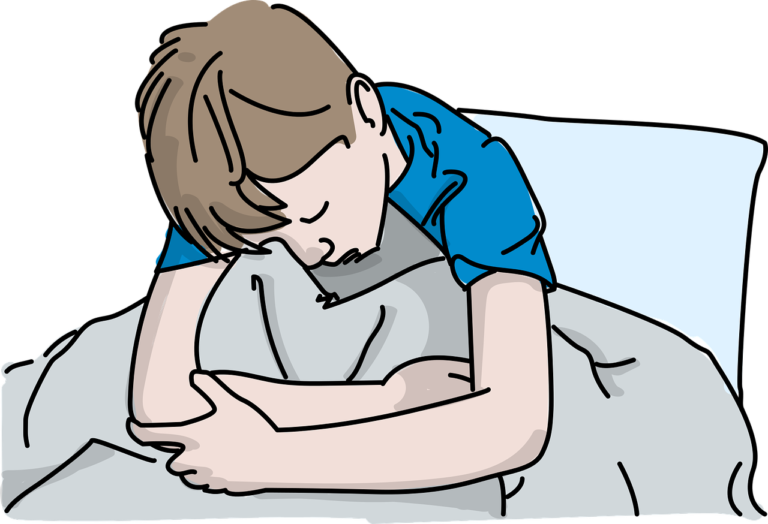Book Appointment Now

SOAP Notes and Narrative Notes: Which is Better for Nursing Students?
In nursing education, proper documentation is crucial for ensuring effective communication, continuity of care, and legal protection. Two common documentation formats used by nurses are SOAP notes and narrative notes. Each has its own advantages and limitations, making it essential for nursing students to understand their differences. This article explores SOAP notes and narrative notes, comparing their effectiveness in clinical practice to help students determine the best approach to nursing documentation.
Count on our nursing experts to deliver 100% custom papers as per your SOAP Note instructions
Help with SOAP Notes
Understanding SOAP Notes
SOAP notes follow a structured, problem-oriented format consisting of four components:
- Subjective (S): The patient’s statements or symptoms as reported by the patient.
- Objective (O): Measurable data, such as vital signs, lab results, or physical examination findings.
- Assessment (A): The nurse’s clinical judgment regarding the patient’s condition based on subjective and objective data.
- Plan (P): The proposed interventions, treatments, or follow-ups for patient care (Podder et al., 2021).
SOAP notes provide a clear, organized, and concise way to document patient care, making it easier for healthcare providers to track progress, evaluate treatment effectiveness, and maintain standardized records (Weber & Kelley, 2022).
Understanding Narrative Notes
Narrative notes are free-text, descriptive records of a patient’s condition, care provided, and nurse observations. Unlike SOAP notes, narrative notes do not follow a structured format and allow nurses to write detailed accounts in chronological order. This method is often used in long-term care, critical care, and emergency settings where detailed descriptions are essential (Dunphy et al., 2021).
While narrative notes provide a comprehensive picture of patient care, they can be time-consuming and may lack the clarity of structured formats like SOAP notes.
Comparison: SOAP Notes vs. Narrative Notes
| Criteria | SOAP Notes | Narrative Notes |
|---|---|---|
| Structure | Highly structured (S-O-A-P format) | Free-text, chronological |
| Clarity | Clear and concise | Can be detailed but may lack standardization |
| Time Efficiency | Faster to write and review | Time-consuming due to detailed descriptions |
| Use Case | Outpatient, primary care, and standardized records | Emergency, critical care, and long-term care |
| Legal Documentation | Provides a clear, logical record | Offers comprehensive details but may include unnecessary information |
Which is Better for Nursing Students?
For nursing students, SOAP notes are often preferred during clinical training because they teach structured, problem-focused documentation that aligns with the nursing process. They help students develop critical thinking and clinical reasoning skills by following a logical sequence (McCarthy et al., 2022). However, narrative notes are valuable in settings where a detailed, holistic picture of the patient’s care is needed.
A balanced approach is ideal—students should learn both methods and apply them appropriately depending on the clinical setting and documentation requirements.
Both SOAP notes and narrative notes play vital roles in nursing documentation. While SOAP notes offer structured and efficient documentation, narrative notes provide detailed and comprehensive records of patient care. Nursing students should master both formats to become proficient in clinical documentation, improving patient outcomes and communication within the healthcare team.
Also read:
- Writing SOAP Notes, a Step-by-Step Guide
- SOAP Notes And Decision Trees Writing Help
- Practicum Experience Decision Trees
- Focused SOAP Notes
References
- Dunphy, L. M., Winland-Brown, J. E., Porter, B. O., & Thomas, D. J. (2021). Primary Care: The Art and Science of Advanced Practice Nursing. F.A. Davis.
- McCarthy, C. F., Riley, P. L., & Castro, M. (2022). Nursing Documentation and Patient Safety: Best Practices and Strategies for Clinical Success. Springer.
- Podder, V., Lew, V., & Ghassemzadeh, S. (2021). SOAP Notes. In StatPearls. StatPearls Publishing.
- Weber, J. R., & Kelley, J. H. (2022). Health Assessment in Nursing. Lippincott Williams & Wilkins.




